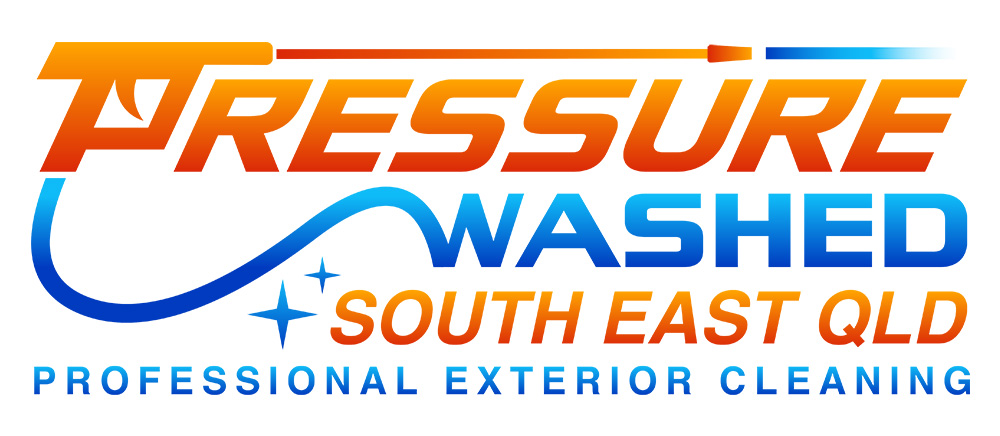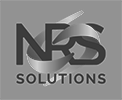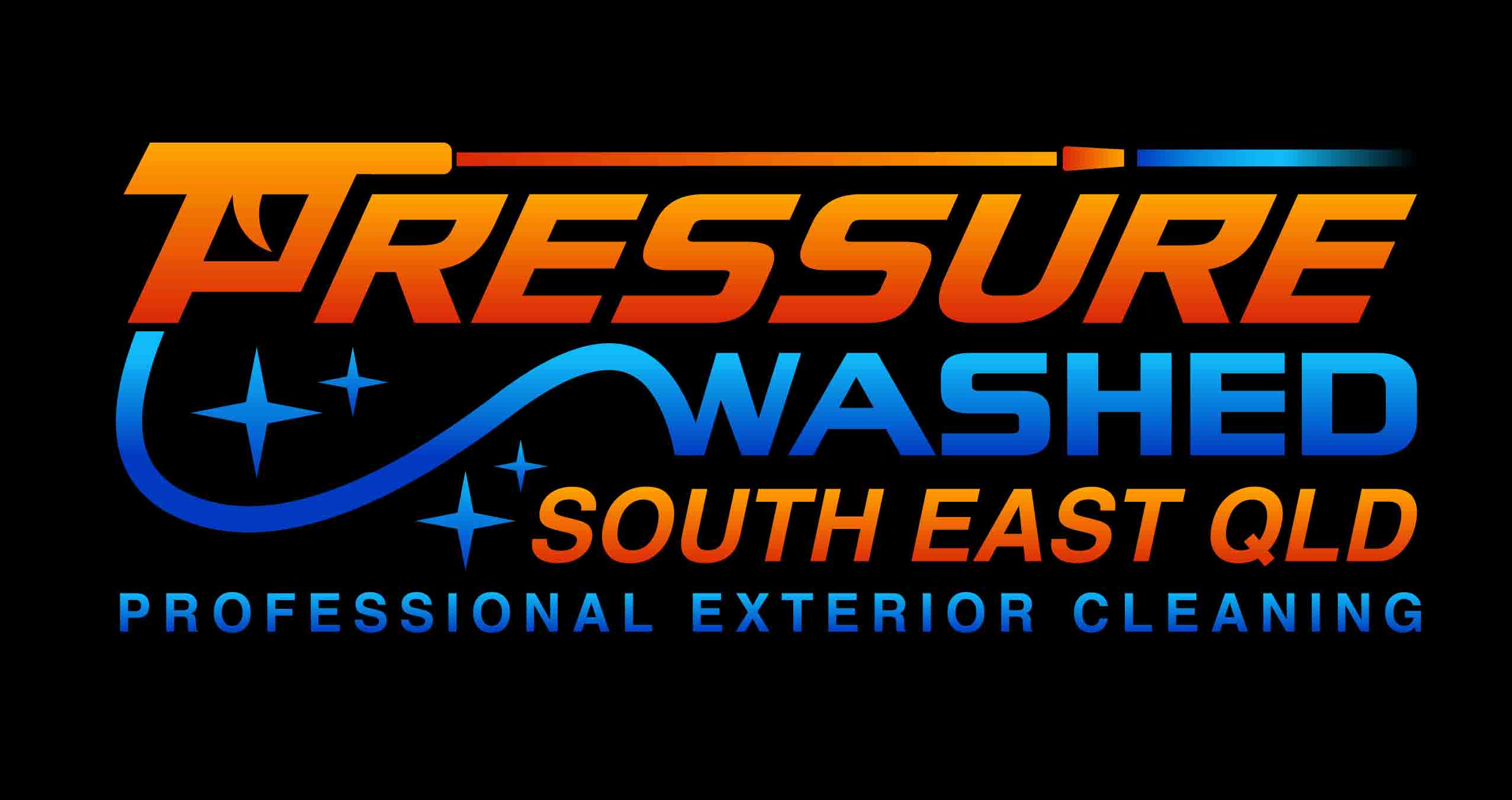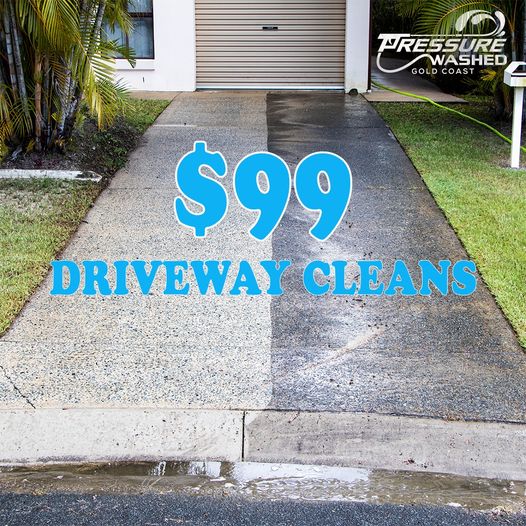Guide to Pressure Cleaning Wood Surfaces
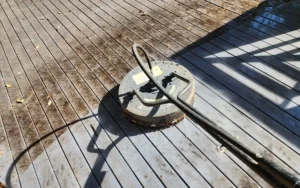
Pressure cleaning, also known as power washing, is a highly effective way to clean a variety of surfaces, including wood. However, it’s important to use the correct nozzles, water pressure and techniques to avoid damaging the wood. This guide will walk you through everything you need to know about pressure cleaning wood surfaces, including the best equipment, potential pitfalls, and the most effective cleaning techniques.
Benefits of Pressure Cleaning Wood Surfaces
Pressure cleaning is a powerful method used to rejuvenate most wooden surfaces. Here are some reason’s to use a Pressure Cleaner on your wood:
Effective Cleaning and much easier: Pressure cleaning removes dirt, mold, and mildew much more effectively than manual scrubbing, with much less effort.
Restores Natural Appearance: Over time, wood can become dull and grimy. Pressure cleaning restores its natural beauty, making it look almost new.
Preparation for Painting or Staining: If you’re planning to paint or stain your wood, pressure cleaning provides a clean surface that ensures better adhesion and a longer-lasting finish.
Time and Labor Efficient: Compared to manual cleaning methods, pressure washing is faster and requires less physical effort.
Potential Drawbacks and Risks of High Pressure Cleaning Wooden Surfaces
While High pressure cleaning has many benefits, it’s not without its risks:
Wood Damage: If done incorrectly, pressure cleaning will damage wood. High pressure water can splinter or gouge the wood surface, erode wood fibers, and even cause water damage.
Safety Concerns: High Pressure washers are powerful tools that will cause bodily injury if used incorrectly or dangerously. High pressure nozzles will cause serious injury if the water jet contacts the skin. Always prioritize safety by wearing protective clothing and follow manufacturer guidelines.
Environmental Impact: The high-pressure jet stream and Soaps/detergents can be harmful surrounding vegetation and near by streams or water courses.
Types of Wood Objects Suitable for Pressure Cleaning
Pressure cleaning can be used on various wood objects, including:
Decks and Patios: Keep your outdoor living spaces clean and inviting.
Fences: Restore the look of your property boundaries.
Outdoor Furniture: Refresh your patio or garden furniture.
Wooden Siding: Maintain the exterior of your home.
Gazebos and Pergolas: Preserve the beauty and integrity of your outdoor structures.
Choosing the Right Pressure and Nozzle
One of the most critical aspects of pressure cleaning wood surfaces is using the right pressure setting and nozzle:
Recommended Pressure Settings:
Softwoods (e.g., pine, cedar): 500-600 psi. Softwoods are more prone to damage, so a lower pressure setting is essential.
Hardwoods (e.g., oak, teak): 1200-2000 psi. Hardwoods can handle higher pressure, but caution is still necessary.
Nozzle Selection:
Fan Tips (25-degree to 40-degree): These tips spray the water over a wider area, reducing the risk of damage by providing a gentler cleaning fan.
Avoid Narrow Tips or power heads: Narrow tips concentrate the pressure too much, increasing the likelihood of damaging the wood.
Best Soaps and Cleaning Solutions For Pressure Cleaning
Using the right cleaning Soap or detergent is crucial for effective and efficient pressure cleaning:
Types of Soaps:
Oxygenated Bleach Solutions: These are effective for killing mold and mildew without damaging the wood.
Specialized Wood Cleaners: Formulated specifically for wood, these cleaners are designed to be tough on dirt but gentle on the wood fibers.
Eco-Friendly Options: Always opt for biodegradable and Eco-friendly soaps to minimize environmental impact.
Application Methods:
Dilution Ratios: Follow the manufacturer’s instructions for the correct dilution ratio.
Soap Applicator Nozzle: Use this to apply the soap evenly across the wood surface.
Step-by-Step Guide to Pressure Cleaning Wood Surfaces
1. Preparation
Inspect the Wood Surface: Look for any pre-existing damage that could be exacerbated by pressure cleaning. Clear the Area: Remove furniture, plants, and any other items from the area to be cleaned.
Protect Surrounding Areas: Use tarps or plastic sheeting to shield plants, windows, and other areas from over-spray. Wet all plants and grass that may get any over spray, doing this will help protect the plants from absorbing the soaps.
2. Applying Soap
Mix the Solution: Prepare the soap solution according to the manufacturer’s instructions.
Apply the Soap: Use an inline injector or a soap applicator nozzle to apply the soap. Let it sit for 10-15 minutes to break down dirt and grime, but don’t allow it to dry on the surface.
3. Pressure Cleaning
Set the Pressure: Adjust the pressure washer to the appropriate PSI for your wood type.
Use the Right Nozzle: Attach a fan tip nozzle.
Maintain Distance: Hold the nozzle 12-18 inches from the wood surface.
Clean with the Grain: Move the nozzle in the direction of the wood grain to prevent damage.
4. Post-Cleaning Care
Rinse Thoroughly: Use clean water to rinse off the soap and loosened dirt.
Inspect the Surface: Check for any remaining dirt or damage.
Allow to Dry: Let the wood dry completely before applying any paint, stain, or sealant.
Safety Tips and Best Practices
Wear Protective Gear: Gloves, goggles, boots and long sleeves are essential to protect against flying debris and high-pressure water.
Avoid Direct Contact: Never point the pressure washer at yourself or others.
Maintain Equipment: Regularly inspect and maintain your pressure washer, hoses and connections to ensure it functions properly and safely.
Proper Drainage: Ensure there is adequate drainage in the work area to prevent water accumulation and potential flooding.
Conclusion
Pressure cleaning can be a fantastic way to maintain and restore wood surfaces when done correctly and with caution. By following the guidelines outlined in this guide, you can enjoy the benefits of a clean, revitalized wood surface while minimizing the risks of damage. Always prioritize safety and use the right equipment and cleaning solutions for the best results.
Call Pressure Washed South East QLD if you need Professional High Pressure Cleaning 0487 000 328
